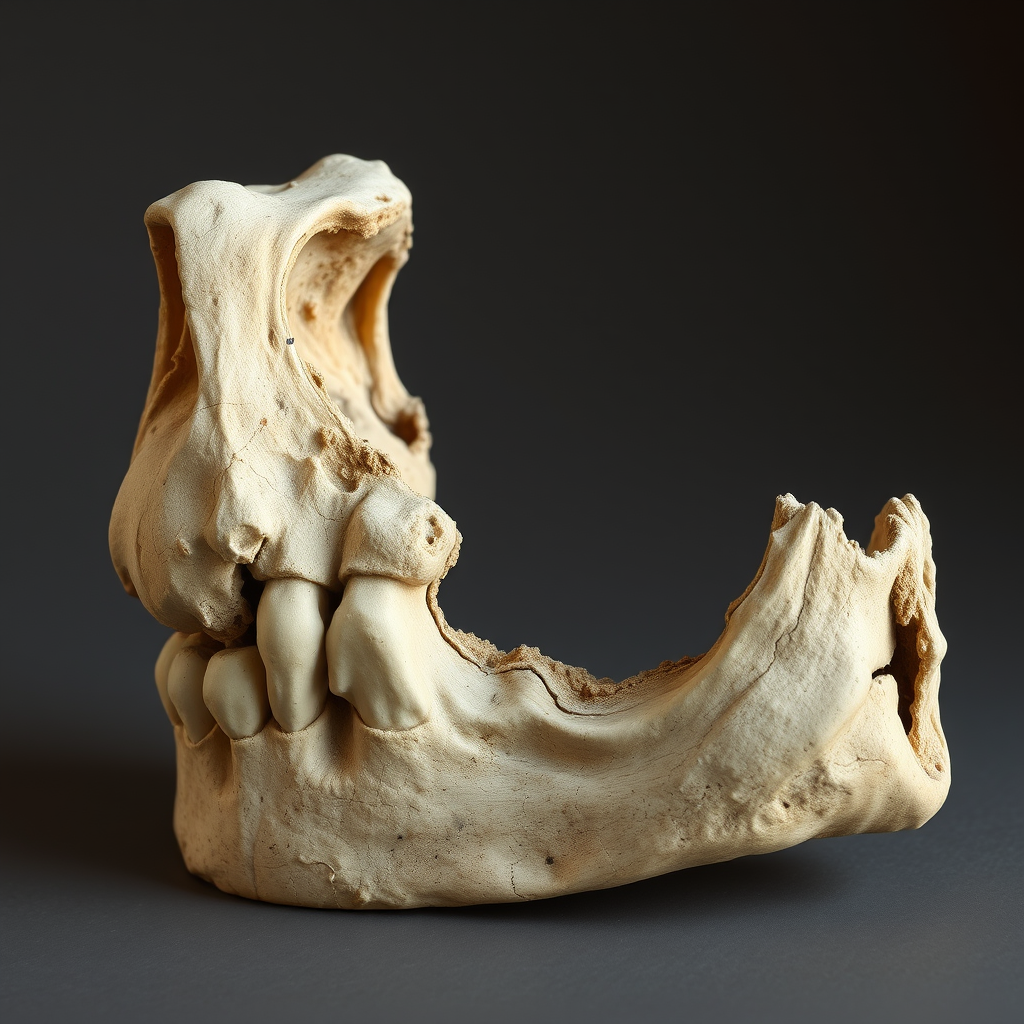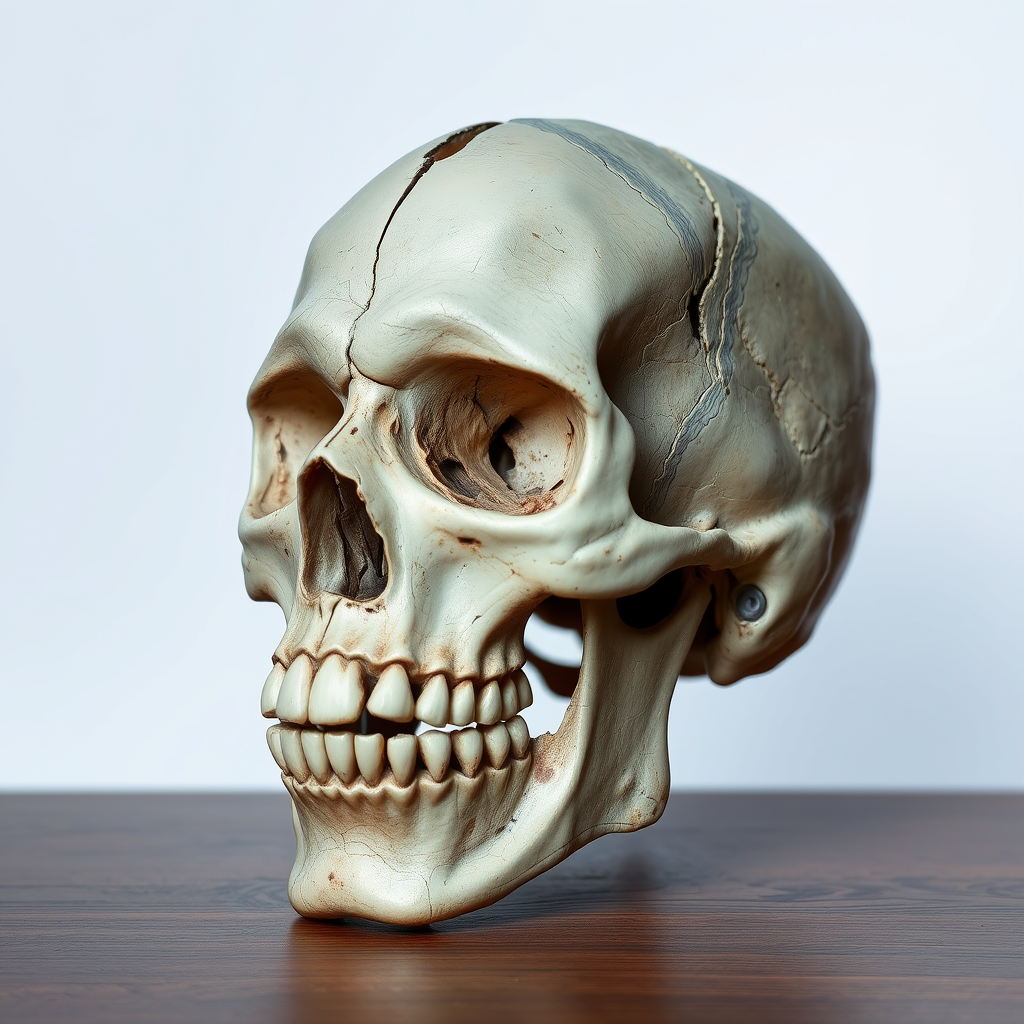The Journey of a Broken Bone
What Happens After a Fracture in Athletes and Everyday Individuals
Breaking a bone is a painful and disruptive experience, but the body is remarkably equipped to heal fractures. Whether you’re a professional athlete or someone who lives a less physically demanding life, the recovery process follows similar biological principles—though the approach may differ based on lifestyle and physical demands. Understanding what happens to a broken bone and how healing progresses sheds light on both the science of recovery and the role of rehabilitation.

The Immediate Effects of a Broken Bone
What Happens at the Moment of Fracture?
When a bone breaks, the body initiates an instant response to limit damage. The surrounding tissue swells, blood vessels are disrupted, and nerve signals trigger pain to alert the injured person to stop movement and avoid further harm.
The Body’s First Step in Repairing a Fracture
Within hours, the body forms a clot around the fracture site, creating a temporary barrier to stabilize the injury. This clot is essential for kickstarting the bone regeneration process, signaling specialized cells to begin rebuilding tissue.
How Bone Healing Works & The Biological Process
The Formation of a Soft Callus
Over the next several days, cartilage cells develop around the fracture, forming a soft callus that acts as scaffolding for new bone growth. This phase allows initial stability but isn’t strong enough for full movement yet.
Bone Remodeling and Hardening
Weeks into recovery, the body replaces the soft callus with a hard callus made of calcium and bone-building cells. This structure strengthens over time, gradually restoring the bone’s original shape.
The Difference Between Healing in Athletes vs. Non-Athletes
Enhanced Recovery in Sports Professionals
Athletes often recover faster due to factors such as high physical conditioning, better circulation, and access to advanced medical treatments like bone stimulation therapy. They also undergo rigorous rehabilitation to regain full strength efficiently.
Why Everyday Individuals May Take Longer to Heal
For those with lower activity levels or underlying conditions, recovery may take longer. Factors like slower circulation, inadequate nutrition, or insufficient rehabilitation efforts can extend the healing process.
Rehabilitation and Strength Recovery After a Fracture
Physical Therapy and Mobility Exercises
Regardless of physical fitness levels, rehabilitation plays a crucial role in restoring movement and preventing stiffness. Physical therapy exercises help rebuild muscle strength, improve flexibility, and reduce long-term complications.
The Psychological Impact of Healing
Beyond physical recovery, fractures can lead to mental setbacks, including fear of reinjury. Athletes often rely on sports psychologists to regain confidence, while non-athletes may benefit from gradual exposure to movement.

Factors That Affect Healing Time
Age and Bone Density
Younger individuals generally heal faster due to higher bone regeneration capabilities. Older adults may experience slower healing due to reduced bone density and metabolic changes.
Nutrition and Bone Health
Adequate calcium, vitamin D, and protein intake play a crucial role in recovery. A nutrient-deficient diet can delay healing and weaken new bone formation.
The Role of Immobilization in Recovery
Splints, Casts, and Surgical Fixation
Doctors use splints, casts, or screws to keep the bone stabilized. Immobilization prevents unnecessary movement, ensuring the fracture site heals properly.
How Over-Reliance on Immobilization Can Lead to Weakness
Extended periods without movement or any excercise may lead to muscle atrophy. Proper rehabilitation ensures that mobility returns without compromising bone strength.
Bone Healing vs. Muscle and Ligament Recovery
Why Bone Repairs Differ From Soft Tissue Recovery
Bones heal by regenerating solid tissue, whereas muscles and ligaments rely on fiber reconstruction. This means fractures typically heal stronger than before, while ligament injuries may remain vulnerable to reinjury.
How Combined Injuries Complicate Rehabilitation
Athletes and active individuals sometimes experience fractures along with torn ligaments or muscle damage. These injuries require careful rehabilitation to ensure proper healing and mobility restoration.
The Evolution of Bone Healing Treatments
Advances in Bone Growth Stimulation Therapy
Medical technologies now use electrical bone stimulation and regenerative therapies to speed up recovery, particularly for severe fractures.
Stem Cell Research and Future Healing Innovations
Scientists are exploring stem cell treatments to enhance bone regrowth, potentially revolutionizing fracture recovery in athletes and non-athletes alike.

Preventing Future Bone Injuries
The Prevention Importance of Strength Training for Bone Health
Regular exercise—especially weight-bearing activities—helps strengthen bones and reduce the risk of future fractures.
How Lifestyle Choices Influence Bone Strength
Avoiding smoking, excessive alcohol consumption, and maintaining an active lifestyle contribute to long-term bone health and injury prevention.
Conclusion
A broken bone undergoes a remarkable healing process, driven by biological mechanisms that apply to both athletes and everyday individuals. While recovery timelines vary based on physical fitness, age, and rehabilitation methods, the body remains resilient in restoring bone integrity. Proper treatment, patience, and rehabilitation ensure that individuals regain mobility and strength, whether they’re returning to competition or everyday activities.
Join the Conversation!
Have you or someone you know recovered from a broken bone?





One thought on “How Broken Bones Heal And The Resilience Of The Amazing Human Body”